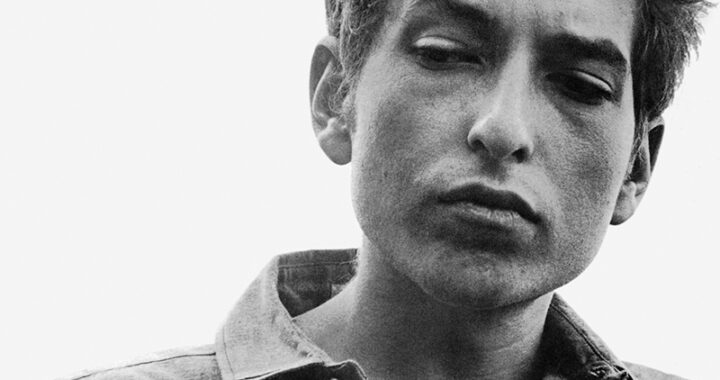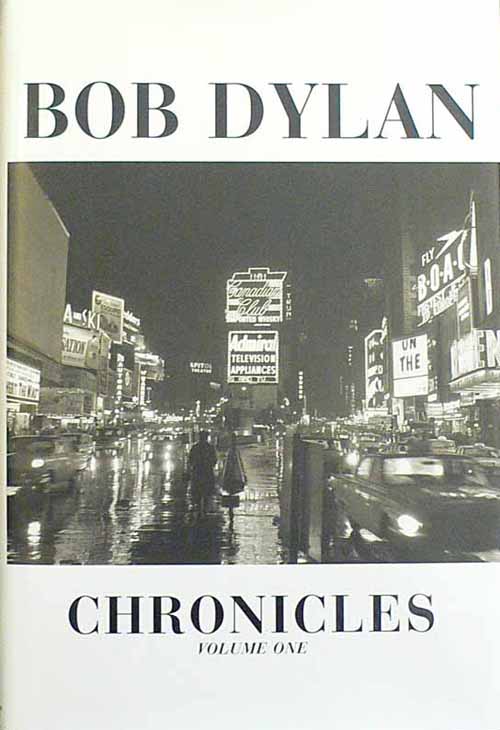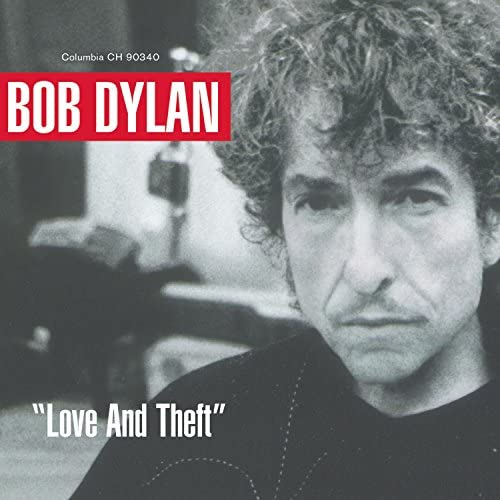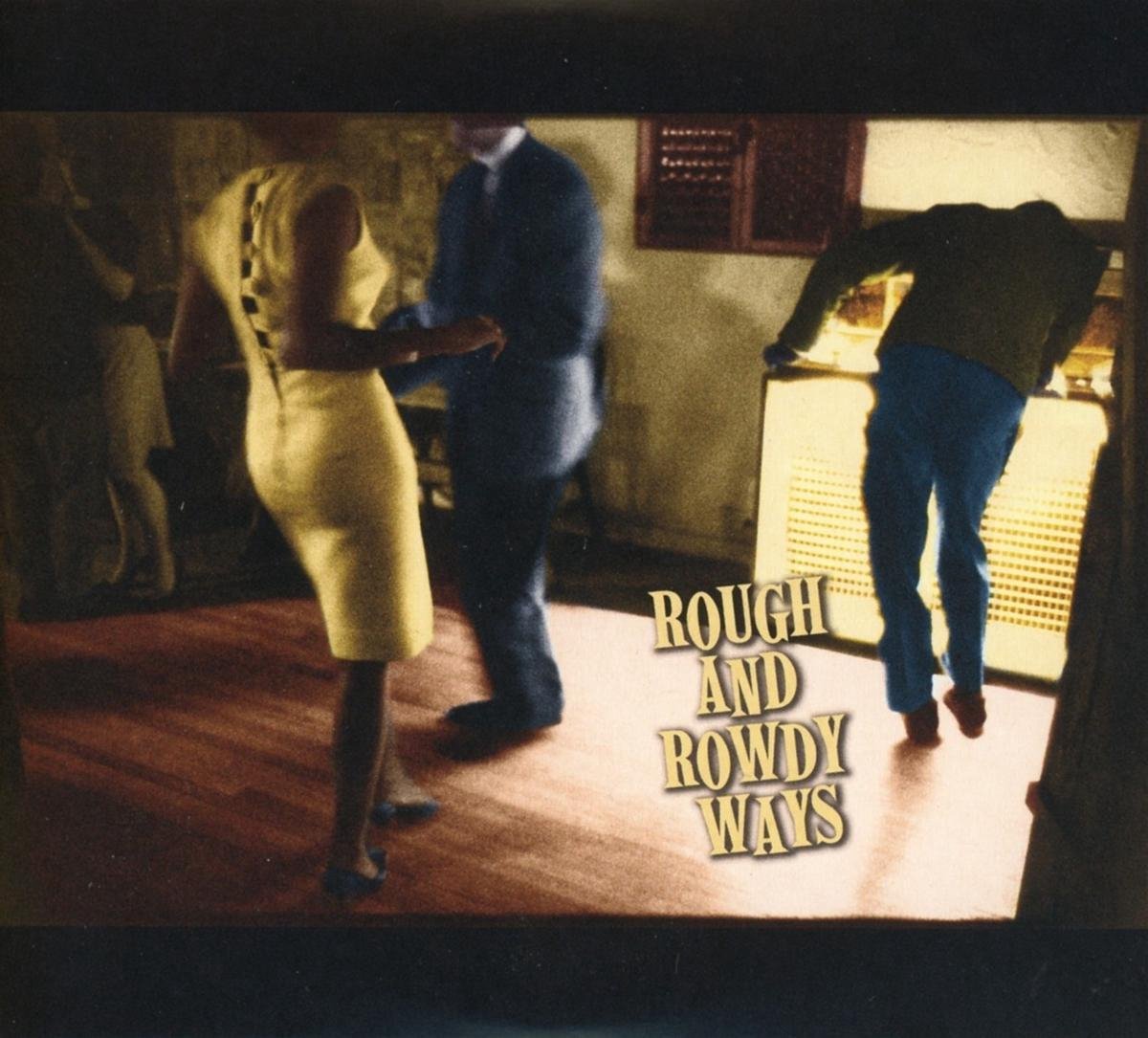Bob Dylan marveled at this in the 1960s, when everything was yet to begin: “Most of the other performers tried to put themselves across, rather than the song, but I didn’t care about doing that. With me, it was about putting the song across.” Songs that are created in the studio are anything but the final versions as far as he is concerned. Those who take the effort to delve into conveying those songs gradually find themselves entangled in the apparent ‘chaos’ of the Dylan context; a labyrinth where the exit keeps moving further out of sight.
The deeper you delve into his body of work, the stranger and more inscrutable it becomes. This is primarily due to the lyrics, which are brimming with cynical or dry humor, interspersed with associative thought-prose and images full of elusive meanings. Dylan has simply slammed every door we have opened for him right in front of our faces. Since then, we have been searching for the key, hoping to finally understand the man and his work. Because when listening to his albums again, his work often turns out to be slightly different. Especially when it comes to interpreting the lyrics or the possible hidden references to ancient blues and folk music. For those who have an ear and an eye for it, the reward is of unparalleled scope. “How many roads must a man walk down,” indeed.
Not Dark Yet
It is almost reassuring to note that Bob Dylan sometimes simply sings about lost love. Realizing with a voice full of regret that it will never be okay again. It doesn’t get much happier in a song like Not Dark Yet. Let’s take a closer look at the next stanza.
Shadows are falling and I’ve been here all day
It’s too hot to sleep, time is running away
Feel like my soul has turned into steel
I’ve still got the scars that the sun didn’t heal
There’s not even room enough to be anywhere
It’s not dark yet, but it’s getting there
Typical Dylan. After enumerating and observing, a cold observation follows. The penultimate sentence in particular is cryptic: “there’s not even room enough to be anywhere”. No wonder many people embark on a quest to find meaning within the Dylan canon. Writer Greil Marcus even published an entire book about a single song (Like A Rolling Stone). In his semi-autobiographical Chronicles the singer himself cites another musicale piece as inspiration and example. He devotes a whole four pages to Bertolt Brecht’s Seeräuber Jenny (Pirate Jenny): “It was the free verse association, the structure and disregard for the known certainty of melodic pattern to make it seriously matter, give it its cutting edge.” Anyone who reads the lyrics of Brecht’s classic will recognize Dylan’s writing style. It could easily have been one of his own songs.
Not only media and fans struggle with the albums Bob Dylan prefers to record in a sigh and curse. Spontaneity proves to be more important than striving for sound engineering perfection. It is in the studio that hired musicians discover on the spot and in a playful manner, how a composition should be performed based on Dylan’s instructions. And when I say on the spot I mean it quite literally. All musicians playing live together in one room turns out to be Dylan’s ideal way of recording. A lot of his albums are almost entirely conceived and composed in the studio.
Indeed, while those same musicians are tuning their instruments, Dylan casually adjusts or rewrites lyrics. Even seasoned studio musicians are consistently surprised by this. Take the renowned veteran Jim Dickinson talking about his involvement in the album Time Out Of Mind: “If we were getting too close to an arrangement, he would suddenly change the tempo and key drastically.” One would think Dickinson is quite experienced, but even he was taken aback by Dylan’s approach. In the past, he worked with The Rolling Stones and Aretha Franklin. Producer Daniel Lanois adds to Dickinson’s amazement, saying: “At the last moment, without any warning and while the recording button is pressed. The musicians look at each other, trying to follow, and then Bob says, ‘that was it.’ That definitely happened with at least half of the songs on this album.”
Dylan on stage
There is yet another Bob Dylan to take into account – the one on stage. “I needed to play for people and all the time. You can say I practiced in public and my whole life was becoming what I practiced.” Certainly not the place to take an album on a conventional ride, as is customary in rock music. Let alone that this rebel against routine is concerned with something like audience participation. Thanking his fans during a concert is a rare occurrence. However, the most remarkable thing is that during live performances, he lets the songs sound as if you suddenly encounter a long-lost old love.
Just listen to the versions of Like A Rolling Stone, his most famous song: seething (Live 1966, The Bootleg Series); exuberant (Before The Flood, 1974); old-fashioned, even featuring a choir and saxophone (At Budokan, 1978); or rebellious (MTV Unplugged, 1995). These variations in interpretation barely recall the original song, as Dylan fleshed out its lyrics in a tiny room above Café Espresso in the small town of Woodstock, while fashion model Sara Lownds (later Mrs. Dylan) tossed through his haircut.
Sometimes, it takes years to fully grasp his albums. When Street-Legal was released in 1978, despite its tremendous commercial success, the American press almost unanimously criticized the album. However, upon revisiting the record, detached from time and momentum, one can hear how beneath the gracefully arched melodies, the lyrics harbor foreboding and the underlying atmosphere is dark and even grim.
Dylan has always struggled with his status as a celebrity. This was exacerbated when he got entangled in a turbulent divorce with Lownds at the time. With his distinctive intonation, he undeniably infuses a certain tragedy into the mere enumeration of words like “loneliness, tenderness, high society, notoriety.” You might not precisely understand what he means, but you can certainly feel it. To the questions he asks along the album – to himself, perhaps? – he receives, at most, answers from gospel choirs. This foreshadows the religiously themed albums that would follow, something nobody could have foreseen back then: the quirky freedom fighter on the chains of religion. This was followed by an artistic misstep that would grip him for almost the entire 1980s.
Despite the persistent assumption the “song and dance man” in his work does not reflect any specific political movement or ideology. While the folk movement claimed him as their spokesperson during the first half of the 1960s, Dylan clearly saw it differently. He did not consider himself the protest singer that many wanted him to be. Certainly, he referred to socio-political (American) themes, including racism towards African Americans (as in The Lonesome Death Of Hattie Carroll).
However, in reality, his engagement with political issues is only subtly present. In retrospect it becomes a footnote within his nearly five hundred-song repertoire. Increasingly well-documented books reveal that especially in recent decades, Dylan has openly referenced one of his greatest sources of inspiration: the roots of traditional American music. His work contains numerous references and quotations from country, folk and blues from the 1920s and 1930s; unambiguous, but also shrouded in fragments of lyrics or melodies. The 2001 album Love & Theft is a prime example of Dylan’s homage to figures like Charley Patton, the godfather of Delta blues.
2004
The notion that we don’t actually know much about the man and his artistic motivations is as inflexible as his body of work. He can suddenly come up with an album full of ancient hymns, colloquially known as Christmas songs. After once preaching the Christian faith, in 2004 he appears in an advertisement for lingerie brand Victoria’s Secret. And for a yogurt commercial, he casually gives away the rights to his hitsong I Want You. Computer company IBM manages to snag him for a humorous commercial, where, after a conversation with a cutting-edge display for special text and language software, Dylan wittily remarks “maybe we can write a song together.” Of course, all of this arouses astonishment and increasing mystery among the media and fans.
This has not gone unnoticed by Dylan himself. From that same year he decides to gradually lift the veil. First through Chronicles, his beautifully written construction or perhaps deconstruction of the artist Bob Dylan. Then suddenly, there’s the documentary No Direction Home, where he extensively speaks for himself and explains how it all began for him.
The music fan and connoisseur in him truly blossoms during the radio show he hosts from 2006 onwards. In Theme Time Radio Hour Dylan introduces us to songs from a distant or not-so-distant past with anecdotes and a great sense of humor. Many of these songs are his personal favorites. Occasionally, out of sheer enthusiasm, he spontaneously starts singing a tune from behind the microphone.
But that’s not all. In 2012 he gives a truly great interview to Rolling Stone. Dylan no longer beats around the bush. “They’ve always had bad stuff to say about me. Fuck em. I’ll see them all in their graves.” Just like during the MusiCares Person of The Year ceremony at the beginning of 2015, where he delivers a half-hour-long speech to set things straight once and for all. This is not Bob Dylan the artist speaking, but a human being who shows feelings and emotion.
Because he also emphatically debunks misunderstandings and myths, this speech could potentially become of historical importance. Dylan appears to be quite affected by what fellow musicians, critics and reviewers think of him. For instance there has always been much debate about his distinctive voice. Almost indignantly he says “Critics say I can’t sing. I croak. Sound like a frog. Why don’t critics say that same thing about Tom Waits? Critics say my voice is shot. That I have no voice. What don’t they say those things about Leonard Cohen? Why do I get special treatment?”
In essence, the complete speech seems to be Dylan’s inaugural address to definitively join us ordinary mortals. Is the Dylan myth gradually being overtaken by an almost sobering reality? But wait, didn’t he say it himself much earlier? “People can learn everything about me through my songs”, he stated, with a light touch of mockery, “if they know where to look.”
Rough And Rowdy Ways
And then suddenly, in the midst of 2020, the year of George Floyd’s violent death and the coronavirus, an album with brand new songs emerged. Rough And Rowdy Ways indeed. The album cover contains an image that feels alienating for 2020. People dancing, someone leaning over a jukebox. Dylan begins with “Today, tomorrow, and yesterday, too. The flowers are dyin’ like all things do.” It’s a record that creeps under your skin with each listen. Not just thanks to the music (except for a few bluesrock kinda songs) but mainly because of the lyrics that almost read like a stream of consciousness.
In a more emphatic way than he has ever done before Dylan refers almost incantatorily to the past. Names of fellow musicians come up, but Anne Frank is also mentioned. In the already classic epic Murder Most Foul, Dylan refers to the assassination of John F. Kennedy, as a starting point for an equally unyielding as moving look at the lost innocence of America.
The lyrics are, as always, open to multiple interpretations. Take this one-liner: “I need you like my head needs a noose.” Impressive is Key West: “Key West is fine and fair, if you lost your mind you’ll find it there.” Bob Dylan touches both the head and the heart with this album. As time goes on, it’s depth and meaning will undoubtedly continue to increase, long after Dylan is gone, because he is well aware: “I sleep with life and death in the same bed.”




